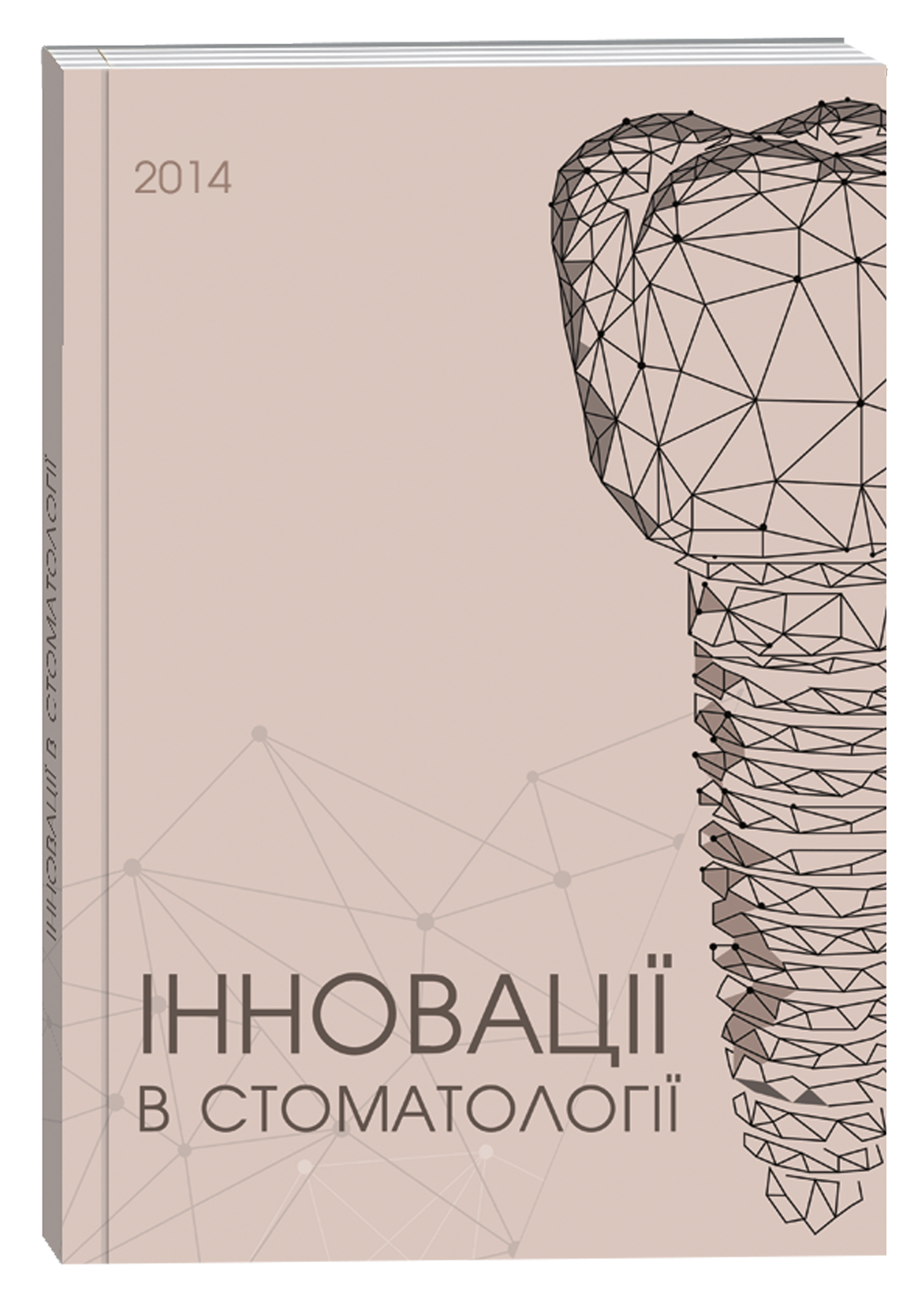THE PROTECTIVE ADAPTIVE EFFECTS OF QUERCETHIN UNDER THE CONDITIONS OF THE COMBINED INFLUENCE OF PATHOGENIC FACTORS
Keywords:
polyphenols, chloroquine, chronic emotional and pain stress, polyphenol-free diet, quercethin, protective effectsAbstract
The aim of the investigation. The study of the protective effects of quercethin under the combined influence of toxic agent chloroquine and chronic emotional and pain stress at alimentary deficiency of polyphenols. The materials and the methods. At the experiments with 21 white he-rats of 1.5 months old the influence of quercethin under affection of chloroquine, chronic emotional and pain stress and polyphenol-free diet was studied. The findings. The obtained data speak of the considerable pathogenic influence of the investigated factors – prooxidant toxic agent chloroquine and chronic emotional and pain stress and polyphenol-free diet – upon oral mucous membrane and osseous tissue of rat’s periodontium. Quercethin is the most widely spread nutrition polyphenol, had stress-protective effect, expressed by the normalizing of cellular content of periphery blood; decrease in frequency of affection and growth of the thickness of stomachic mucous membrane of rats. Periodontoprotective antioxidant charac-teristics of quercethin have displayed by the considerable reduction of the content of peroxide products and activation of the enzymes of glutathione metabolism in oral mucous membrane; in periodontal osseous tissue – by the considera-ble decrease of osteoresorptive processes and strengthening of antioxidant protection. In whole, quercethin has shown the expressed adaptive effect, pointing at the considerable value of polyphenol compounds in the provision of periodontal tissues with resistance to the pathogenic effect of harmful factors.
References
Rice-Evans C. A. Antioxidant properties of phenolic compounds / C.A. Rice-Evans, N.J. Miller, G. Paganga // Trends in Plant Science. – 1997. – № 2 (4). – Р. 152-159.
Hollman P.C. Relative bioavailability of the antioxidant flavonoid quercetin from various foods in man / P.C. Hollman, M.P. John, M.N.Buysman // FEBS Lett. – 1997. – № 418. – P. 152-156.
Rice-Evans С. Flavonoid Antioxidants / С. Rice-Evans // Curr.Med.Chem. – 2001. – №8. – P. 797-807.
Прохончуков А. А. Руководство по терапевтической стоматологии / А.Прохончуков, Н.Жижина // Под ред. А.И. Евдокимова. – М.: Медицина. – 1967. – 572 с.
Desiderato O. Development of gastric ulcers in rats following stress termination / O. Desiderato, J. MacKinnon, H. Hissom // J Comp. Phisiol. Phychol. – 1974. – № 87. – P.208-214.
Николаева А. В. Влияние некоторых нейротропных средств на состояние тканей при раздражении верхнего шейного симпатического узла: Автореф. дис. канд. мед. наук / А.В. Николаева – Харьков. – 1967. – 29с.
Стальная И. Д. Метод определения диеновых конъюгаций ненасыщенных высших жирных кислот / И. Стальная, Т. Гаришвили // Современные методы биохимии / Под ред. В.Н. Ореховича. – М. – 1977. – С.63-64.
Путилина Е. Ф. Определения активности глутатион-редуктазы / Е.Ф.Путилина // Методы биохимическитй исследований. – М.: Ин. Лит. – 1982. – С.181-183.
Пахомова В. А. Способ определения активности глутатион-пероксидазы в биологических тканях / В. Пахомова, Н. Козлянина, Г. Крюкова // Патент А.С.922637 СССР. МКИ 01 33/48.– Опубл. 25.04.82, Бюл. № 15. – 2 с.
Чевари С. Роль супероксиддисмутазы в окислительных процессах клетки и метод определения её в биологическом материале / С. Чевари, И. Чаба, Й.Секей // Лаб. дело. – 1985. – №11. – С. 678-681.
Левицкий А. П. Сравнительная оценка трёх методов определения активности фосфатаз слюны человека / А.П. Левицкий, А.И. Марченко, Т.Л. Рыбак // Лаб. дело. – 1972. – №10. – С. 624-625.






